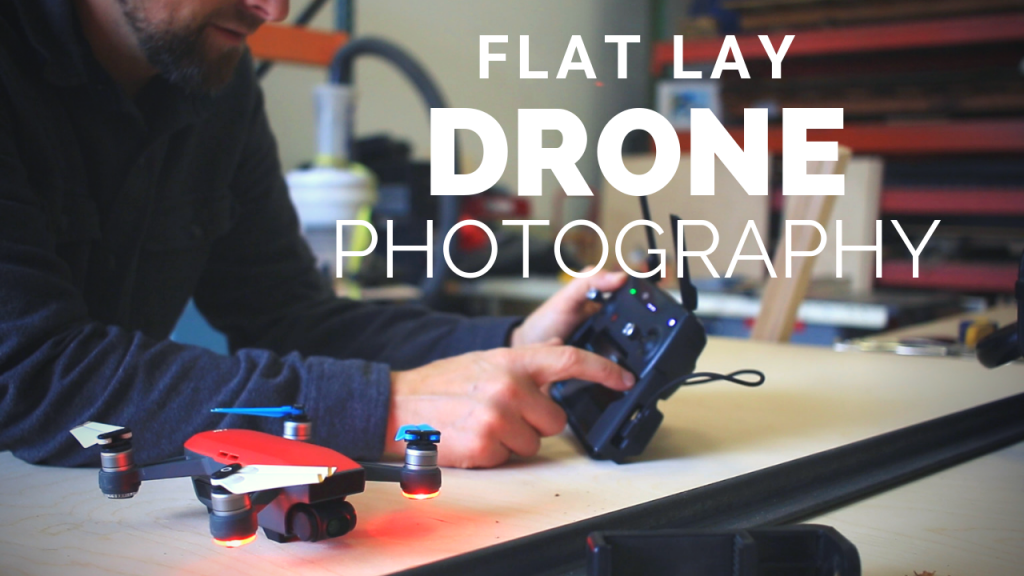Why Learn Early Filmmaking Techniques?
When it comes to early filmmaking techniques, there’s no better example than The Great Train Robbery (1903). This 12-minute silent film by Edwin S. Porter introduced innovations that are still relevant to DIY filmmakers today. Whether you’re working on a shoestring budget or shooting with the latest gear, this pioneering piece of cinema offers valuable insights into how to tell a compelling story with creativity and resourcefulness.
Key Takeaways
| Lesson | Description |
|---|---|
| Constraints breed creativity | Porter pushed boundaries with limited resources, proving you don’t need a big budget to innovate. |
| Effective editing builds tension | Cross-cutting and strategic pacing can keep audiences engaged even in simple stories. |
| Dynamic camera movement matters | Moving the camera with the action adds energy to your scenes. |
| Use real-world locations | Shooting in natural environments adds authenticity and depth to your film. |
| Lighting and color elevate storytelling | Even basic color touches or creative lighting setups can enhance key moments. |
| Practical effects over CGI | In-camera effects and practical tricks can create impactful visuals without needing expensive software. |
Breaking Ground in the Early Days
In 1903, most films were basic—shot in single, static takes and often confined to a studio. But The Great Train Robbery, produced by Thomas Edison’s company, changed all that. With a modest budget of $150 (around $5,100 today), Edwin S. Porter told an action-packed story of train robbers and their inevitable downfall using 14 noncontinuous shots. This was a major leap forward in early filmmaking techniques, and the film remains a blueprint for DIY filmmakers pushing creative boundaries with limited resources. Learn more about its impact at the Library of Congress National Film Registry.
Lesson for filmmakers: Constraints breed creativity. Porter’s work shows that you don’t need high-tech gear or endless funding to innovate.
Editing: The Key to Pacing
One of the most revolutionary aspects of The Great Train Robbery was its use of cross-cutting to build tension. By editing between multiple scenes happening simultaneously, Porter created a dynamic narrative that was far more engaging than the one-shot scenes typical of the time. This technique gave the film a sense of urgency and allowed the audience to follow different parts of the story without losing interest.
Lesson for filmmakers: Effective editing builds tension. Cross-cutting and pacing decisions can make or break your film’s flow. For more insights, check out this related guide on 10 Essential Video Editing Techniques.
Playing with Perspectives
Porter wasn’t content to leave the camera locked in one place. Instead, he mounted the camera on a moving train to capture the sensation of speed and danger. By using different camera angles, he made the scenes more immersive and exciting. This might seem standard today, but in 1903, it was groundbreaking.
Lesson for filmmakers: Dynamic camera movement matters. Don’t be afraid to experiment with angles and perspectives to bring energy to your scenes. For more on visual innovation in this film, explore the Edison National Historic Site.
Using Natural Locations for Realism
At a time when most films were shot exclusively in studios, The Great Train Robbery broke the mold by shooting many scenes outdoors. The film was partially shot in Essex County parks in New Jersey, adding a level of realism that wasn’t common in early cinema. Filming in natural environments created a more immersive world for the audience and gave the film a sense of authenticity that resonated with viewers.
Lesson for filmmakers: Use real-world locations to enhance your story. Natural settings can add depth and authenticity without costing a fortune. You can dive deeper into this film’s locations at MoMA’s collection.
Lighting and Color: Simple but Impactful
Though the film was primarily shot in black and white, some prints of The Great Train Robbery featured hand-painted color. Gunfire flashes were highlighted with orange-yellow tints, adding a touch of drama to critical moments. This early form of colorization was subtle, but it showed how a small visual change can have a big impact.
Lesson for filmmakers: Lighting and color elevate storytelling. Even a simple touch of color or creative lighting can bring out the emotional core of a scene. For inspiration, check out my guide on Flat Lay Drone Photography Timelapse.
Special Effects on a Budget
Back in 1903, CGI didn’t exist. Instead, Porter relied on clever in-camera effects and practical tricks to achieve the desired visual impact. He used double exposure to simulate a moving landscape outside the train windows and likely employed miniature models for some of the explosions. These low-budget effects were incredibly effective, demonstrating that you don’t need the latest tech to wow an audience.
Lesson for filmmakers: Practical effects over CGI. You can achieve impressive visual effects with creative problem-solving and practical tricks. Explore more innovative techniques in film preservation with the National Film Preservation Foundation.
A Legacy of Innovation
When The Great Train Robbery premiered, it set a new standard for filmmaking, inspiring future directors to push the boundaries of narrative and technique. Its success helped pave the way for feature-length films and marked a shift toward more complex storytelling. This film shows that great stories come from creative solutions, not expensive tools.
Lesson for filmmakers: Pushing the boundaries is how great films are made. Creativity and risk-taking are your most valuable assets, no matter your budget.
For more behind-the-scenes insights into The Great Train Robbery, check out its detailed listing on the American Film Institute Catalog.



